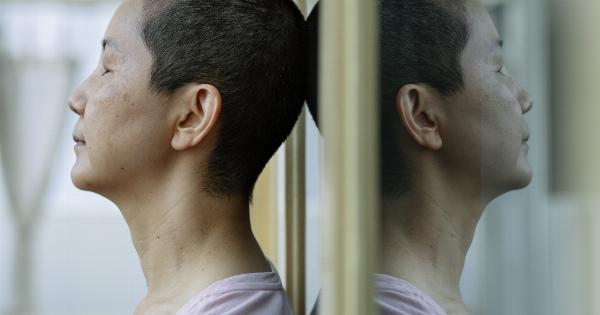Parkinson’s Disease (PD) is a progressive neurodegenerative disorder that affects the central nervous system. It is characterized by the loss of dopamine-producing neurons in the brain, which leads to a range of motor and non-motor symptoms.
Symptoms
The symptoms of Parkinson’s Disease can vary from person to person, and can include:.
Tremors
Tremors are one of the most well-known symptoms of PD. They often start in the hands or fingers and can spread to other parts of the body over time.
Rigidity
Rigidity refers to a stiffness or inflexibility in the muscles, making movement difficult and painful.
Bradykinesia
Bradykinesia is a slowness in movement that can make everyday activities such as walking and getting dressed challenging.
Postural Instability
Postural instability is a difficulty in maintaining balance and an increased risk of falling. This can lead to serious injuries, especially for older adults.
Non-Motor Symptoms
While motor symptoms are the most well-known, PD can also cause non-motor symptoms such as depression, anxiety, insomnia, and cognitive impairment.
Treatment Options
While there is currently no cure for Parkinson’s Disease, there are a number of treatment options available that can help manage symptoms and improve quality of life. Some of these include:.
Medications
There are a variety of medications available that can help alleviate motor and non-motor symptoms of Parkinson’s Disease. Dopamine agonists, which act like dopamine in the brain, can help regulate movement and reduce tremors.
Antidepressants and anti-anxiety medication may also be prescribed to relieve non-motor symptoms.
Surgery
In some cases, surgery may be an option. Deep brain stimulation involves implanting electrodes in the brain that can help regulate movement and reduce tremors. While this is a less common treatment option, it can be highly effective for some patients.
Physical Therapy
Physical therapy can be an important part of managing Parkinson’s Disease symptoms. Exercises can help improve balance, flexibility, and strength, making movement easier and reducing the risk of falls.
Lifestyle Changes
There are a number of lifestyle changes that can also be helpful in managing Parkinson’s Disease symptoms. Engaging in regular exercise, eating a healthy diet, and getting enough sleep can all contribute to improved quality of life.
Conclusion
Parkinson’s Disease can be a challenging condition to manage, but there are a variety of treatment options available that can help alleviate symptoms and improve quality of life.
Whether through medication, surgery, physical therapy, lifestyle changes, or some combination thereof, those with Parkinson’s Disease can take steps to mitigate the impact of the condition and maintain a high level of functioning for as long as possible.





























